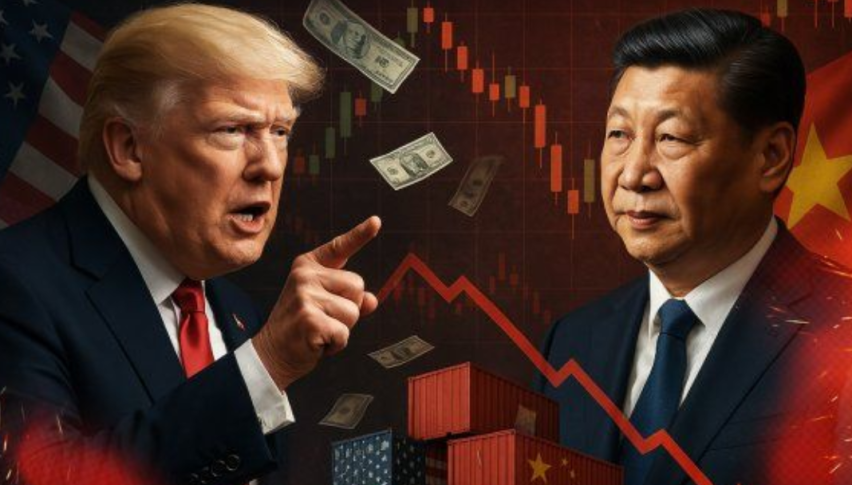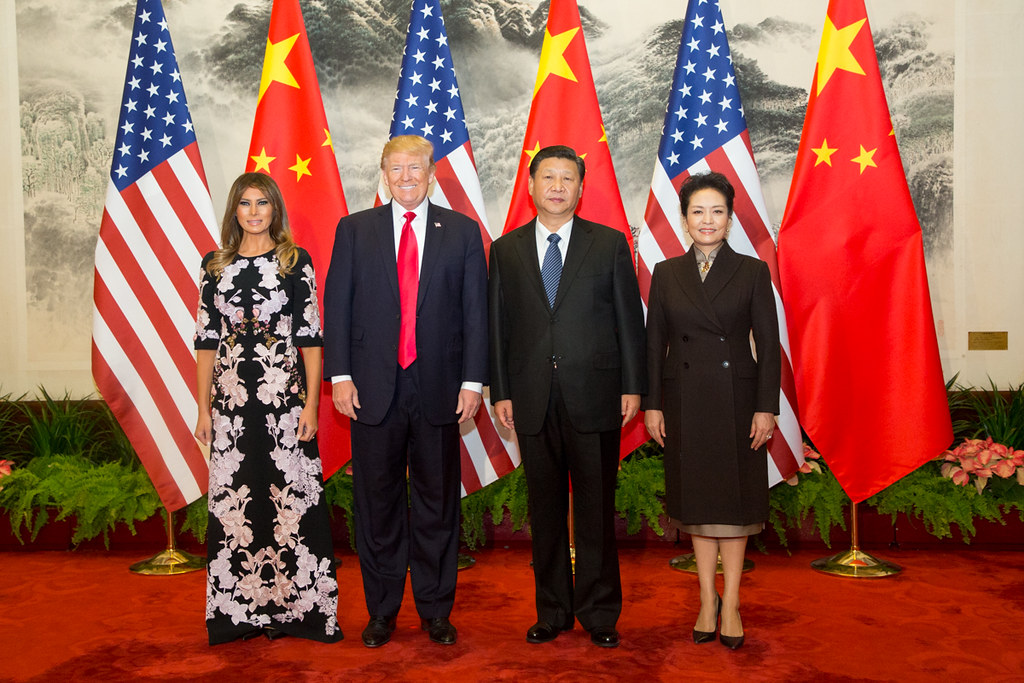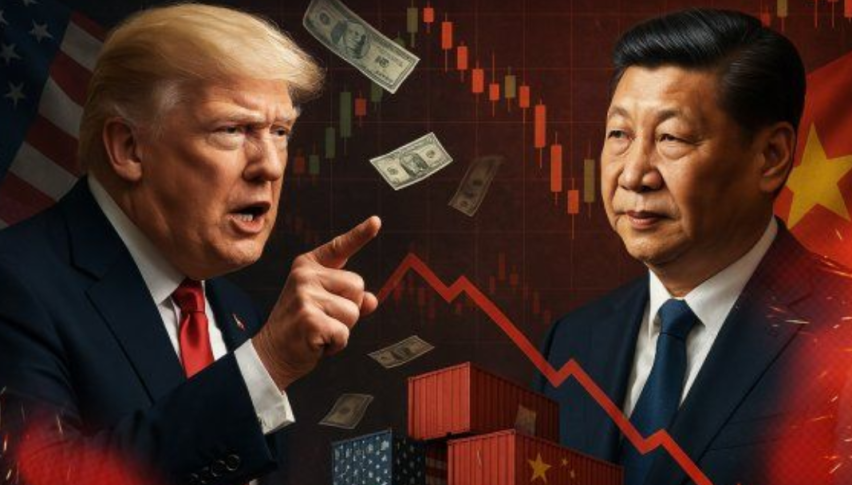Donald Trump Extends Truce with China for Another 90 Days
Meanwhile, Washington has also pressured Beijing to stop buying Russian oil, with Trump threatening to impose secondary tariffs on China.

Quick overview
- The tariff truce between the U.S. and China, originally set to expire on August 12, has been extended for another 90 days to prevent significant tariff increases.
- President Trump indicated a positive relationship with President Xi Jinping while discussing the extension and urged China to increase soybean purchases.
- Current tariffs on Chinese imports stand at 30%, while China has lowered its tariffs on U.S. imports to 10%.
- Experts believe the extension will alleviate anxiety on both sides as negotiations continue towards a potential trade agreement.
The tariff truce between Beijing and Washington was set to expire on Tuesday, August 12. The order prevents U.S. tariffs on Chinese goods from skyrocketing to 145%, while Chinese tariffs on American products were set to reach 125%.

U.S. President Donald Trump decided to extend the tariff truce with China for another 90 days, CNBC reported on Monday citing White House sources, just hours before U.S. tariffs on Chinese products were due to jump to triple-digit rates.
The extension came after Trump gave an ambiguous response to reporters when asked if he would prolong the lower tariff rates, a day after urging Beijing to quadruple its purchases of American soybeans.
The tariff truce was due to expire on August 12. The extension stops U.S. tariffs on Chinese goods from surging to 145%, while Chinese tariffs on U.S. products were set to rise to 125%, rates that would have effectively created a trade embargo.
Current Situation of Tariffs
“We’ll see what happens,” Trump said during a press conference when asked how he planned to extend the deadline. “They’ve been treating us fairly well. The relationship is very good with President Xi [Jinping] and me.”
Currently, Chinese imports face a 30% tariff, which includes a base 10% rate plus an additional 20% related to fentanyl tariffs imposed by Washington in February and March. China matched the easing by lowering its tariff on U.S. imports to 10%.
In May, both sides announced a 90-day truce following talks in Geneva, Switzerland, to allow time for further negotiations.
They met again in late July in Stockholm, Sweden, but did not announce an extension.
Former Insider Official Words
Kelly Ann Shaw, a former White House trade official under Trump and now at Akin Gump Strauss Hauer & Feld, said she expected Trump to extend the 90-day tariff “pause” for another 90 days.
“It wouldn’t be a Trump-style negotiation if it wasn’t until the very last minute,” she said, adding that the president could also announce progress on other economic issues as a backdrop for granting the extension. “The whole point of the original 90-day pause was to lay the groundwork for broader negotiations, and there’s been a lot of noise over everything — from soybeans to export controls and excess capacity — over the weekend,” she added.
Ryan Majerus, a former U.S. trade official now with King & Spalding law firm, welcomed the news. “This will undoubtedly ease anxiety on both sides while talks continue and the U.S. and China work toward a framework agreement this fall. I’m confident that investment commitments will be a factor in any potential deal, and the extension gives them more time to address some long-standing trade concerns,” he said.
The White House declined further comment beyond Trump’s statements. The Treasury Department and the U.S. Trade Representative’s Office did not respond to requests for comment.
Treasury Secretary Scott Bessent said Washington has the ingredients for a deal with China and expressed optimism about the way forward.
On Sunday, Trump pushed for additional concessions, urging China to quadruple its soybean purchases, though analysts questioned the feasibility of such a deal. Trump did not repeat the demand on Monday.
Meanwhile, Washington has also pressured Beijing to stop buying Russian oil, with Trump threatening to impose secondary tariffs on China.
- Check out our free forex signals
- Follow the top economic events on FX Leaders economic calendar
- Trade better, discover more Forex Trading Strategies
- Open a FREE Trading Account
